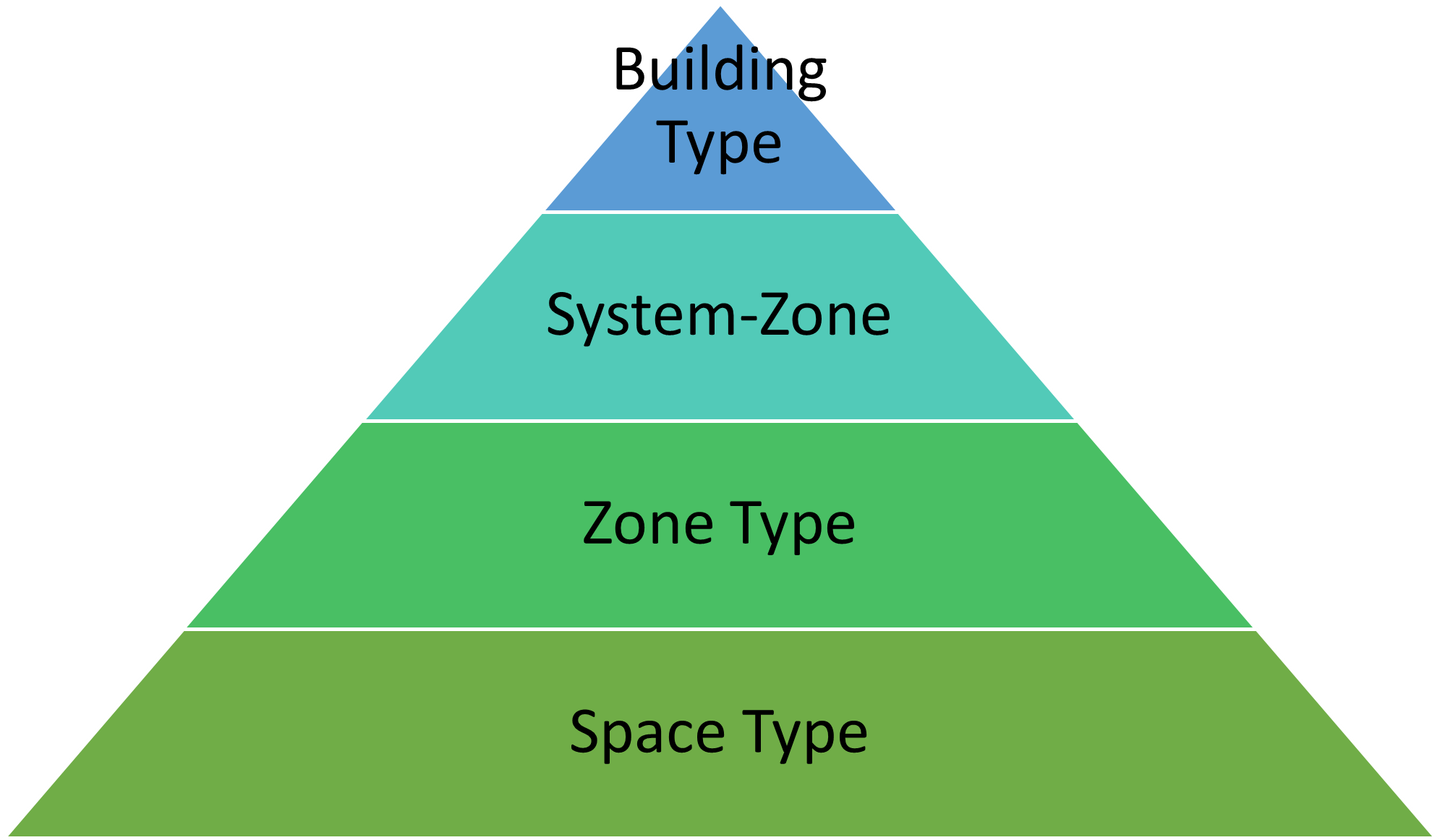HVAC Simulation Factor Known Limitations 2023.1 to 2025
Energy Analytical Model (EAM) Creation
To make sure your project footprint is correctly reported in Autodeks Insight, in Revit, users should initiate the creation of the Energy Analytical Model by enabling the Building Envelope – Identify Exterior Elements function (Energy Settings dialog -> Advanced Settings). This refines the Energy Analytical Model by making the analytical space boundaries more precise and granular.
Energy Analytical Model (EAM) by “Rooms and Spaces”: Space Conditions
If the Revit model contains Space objects, the condition types “Heating Only” or “Cooling Only” will automatically be overridden and set to “Heating & Cooling” by the HVAC simulation factor.
Revit Space objects with the following condition types will all be interpreted as Unconditioned by the HVAC simulation factor:
- Unconditioned
- Vented
- Naturally Vented
If a space's condition type is Undefined, it will be treated as Heating & Cooling.
This logic also applies to EAMs created from Conceptual Masses and Building Elements.
Energy Analytical Model (EAM) by “Conceptual Masses and Building Elements”
When you use Conceptual Masses or Building Elements mode, all analytical spaces will include one of two condition types:
- Heating & Cooling
- Unconditioned
However, if Space objects exist in the Revit model, even when using the Conceptual Masses and Building Elements workflow, the EAM will prioritize the configuration of those space objects and honor their condition types.
Energy Analytical Model (EAM): HVAC Configuration in Revit
The HVAC setup in the Energy Analytical Model (EAM) depends on how the HVAC system is configured in Revit:
- If users define HVAC systems explicitly in the System Browser, those configurations are used and analyzed in Autodesk Insight for the base model.
- If no HVAC system is defined, an Ideal Load HVAC System is assigned by default and analyzed in Autodesk Insight for the base model.
In either case, the EAM will assign HVAC equipment and condition types (Heating & Cooling or Unconditioned) to the generated analytical spaces accordingly and the HVAC simulation factor will be replaced them with a new system applied at the whole-building level
Energy Analytical Model (EAM): Outdoor Air Data settings
Outdoor air (OA) settings are transferred from the Revit model to the EAM based on the hierarchy in the picture. If OA parameters are not specified at the system-zone or object level, the model falls back to the next available level, ultimately defaulting to the Building Type settings.
Supported Outdoor Air (OA) methods include:
- By People and By Area
- By ACH (Air Changes per Hour)
- Max (By People and By Area)
- By Max (By ACH)
- By Max (By People, By Area and ACH)
Required OA input parameters:
- Outdoor Air per Person
- Outdoor Air per Area
- OA Rate by ACH

